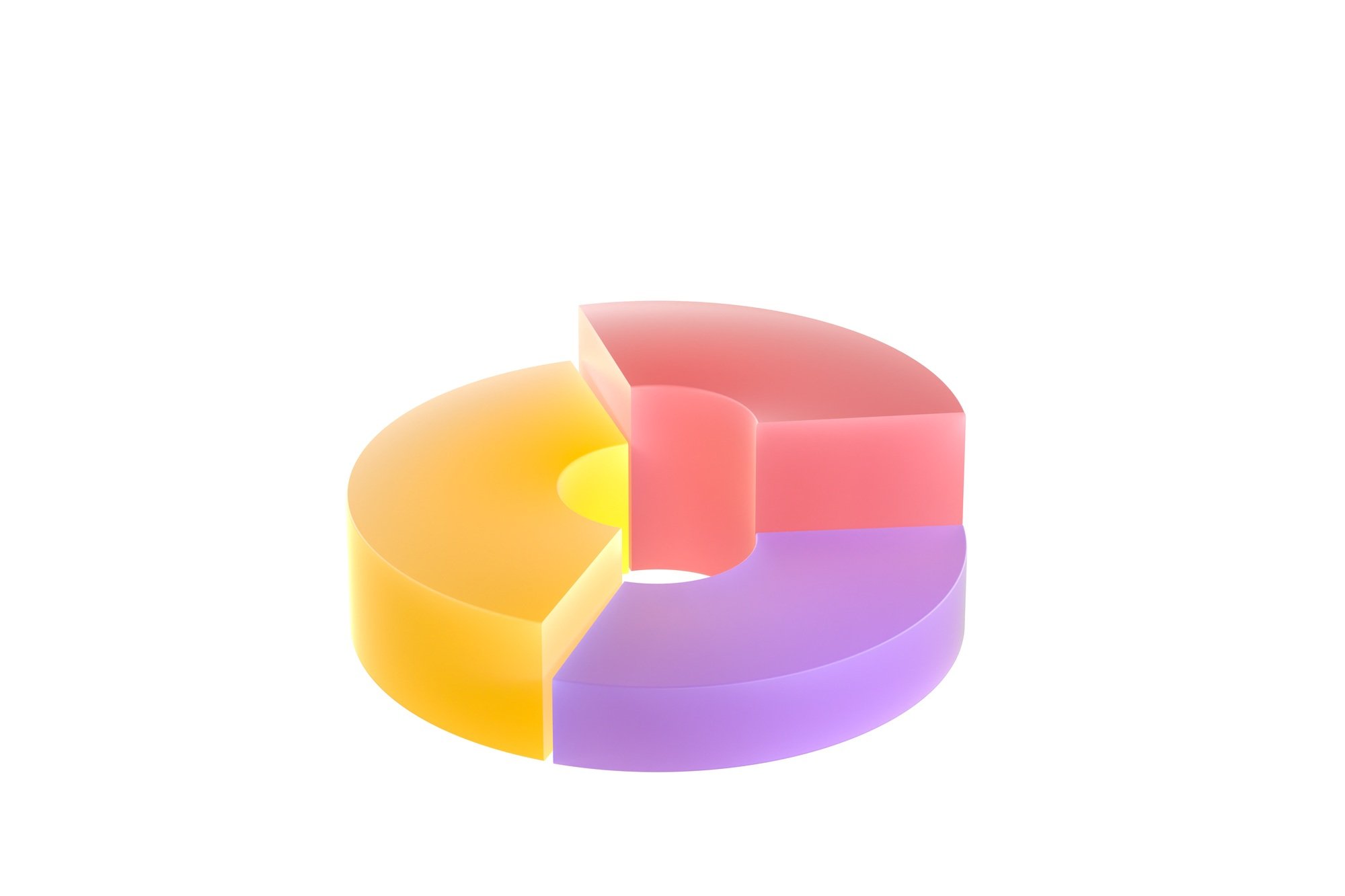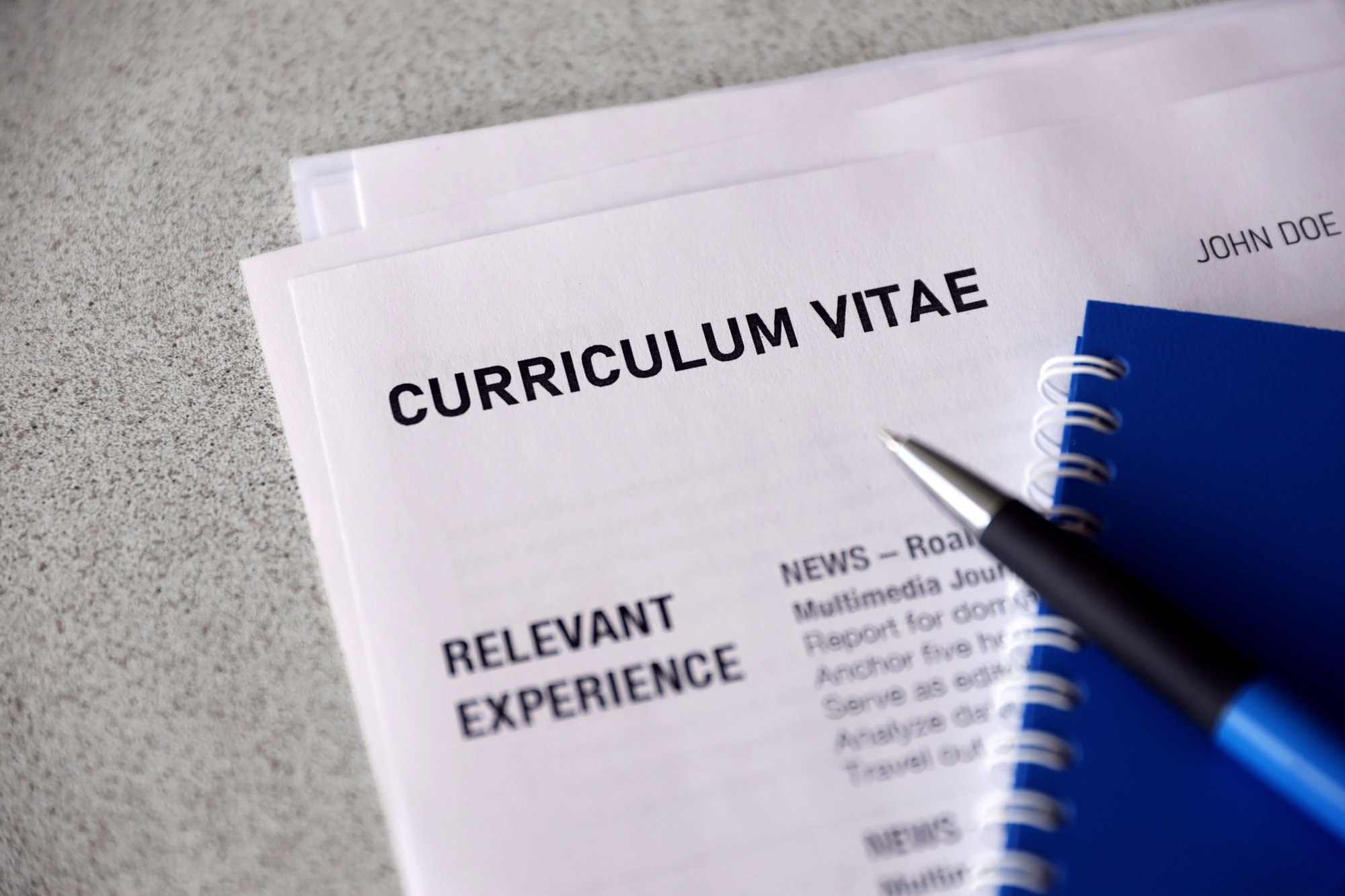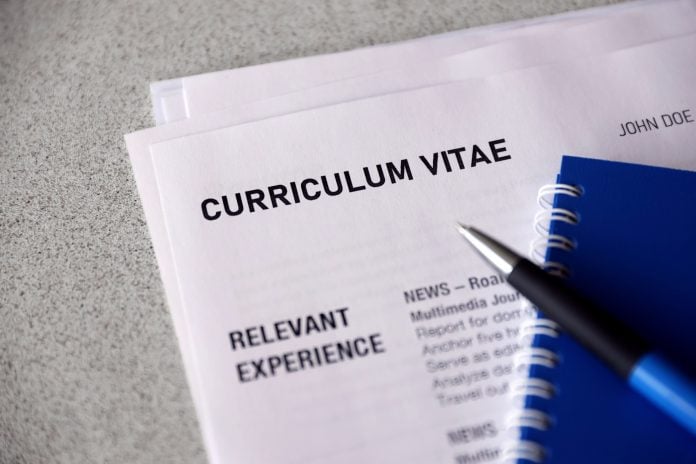Key Takeaways

- Infographic Resume Defined: An infographic resume creatively combines visuals and text to effectively showcase skills and achievements, making it a memorable alternative to traditional resumes.
- Key Components: Essential elements include visual elements like icons and graphics, a clean layout, a professional color scheme, quantifiable achievements, and a well-organized skills section.
- Visual Appeal: Infographic resumes capture attention with eye-catching designs, helping candidates stand out in a competitive job market, particularly among small business employers.
- Clarity of Information: This format emphasizes key information, making it easy for HR staff to quickly recognize relevant skills and experiences that align with job needs.
- Design Considerations: Effective design involves selecting a professional format, using appropriate visual elements, maintaining readability, and highlighting achievements with clear metrics.
- Common Pitfalls: Avoid overly complex designs and prioritize high-quality content by including specific, quantifiable achievements to enhance engagement and clarity for hiring managers.
In today’s competitive job market, standing out is more important than ever. An infographic resume offers a creative way to showcase your skills and experiences while grabbing the attention of potential employers. By blending visuals with information, you can present your professional story in a way that’s not only engaging but also memorable.
Imagine transforming your traditional resume into a vibrant visual narrative that highlights your achievements and unique qualities. This innovative approach not only demonstrates your design skills but also reflects your ability to communicate effectively. As you explore the world of infographic resumes, you’ll discover how to make a lasting impression and increase your chances of landing that dream job.
What Is an Infographic Resume?

An infographic resume creatively combines visuals and text to present your professional qualifications. This format attracts attention and effectively communicates your skills, experiences, and achievements to potential employers.
Definition and Purpose
An infographic resume functions as a visual representation of your work history and capabilities. It differs from traditional resumes by incorporating graphics, charts, and icons. Its purpose is to impress hiring managers, particularly in small businesses, by providing a memorable snapshot of your strengths. This format not only highlights your pertinent skills but also reflects your ability to convey information clearly and creatively.
Key Components
Key components of an infographic resume include:
- Visual Elements: Use graphics and icons relevant to your experiences, simplifying complex information.
- Layout: Opt for a clean design that guides employers’ attention effectively through the information.
- Color Scheme: Choose colors that resonate with the industry while maintaining professionalism.
- Quantifiable Achievements: Incorporate numbers and statistics to highlight your impact in previous roles.
- Skills Section: Showcase your core competencies using icons or charts for easy visual interpretation.
These components work together to create an engaging resume that aligns with the needs of small businesses seeking creative talent.
Benefits of an Infographic Resume

An infographic resume offers distinct advantages that appeal to small business owners and HR professionals. These resumes blend creativity with clarity, making them effective tools for attracting top talent.
Visual Appeal
- Infographic resumes capture attention with their eye-catching design elements. The use of icons, colors, and charts helps differentiate your application from others, ensuring it’s memorable to recruiters and hiring managers in small businesses.
- Infographic resumes maintain interest by presenting information visually. An engaging layout allows your qualifications and experiences to shine, aligning with the creative profiles small businesses often seek in employees.
Information Clarity
- Infographic designs emphasize key information, allowing you to showcase skills and achievements clearly and concisely. This format helps small business employees quickly recognize your relevant strengths and how they align with specific job needs.
- Infographic resumes enable organized presentation of your work history. The structured flow simplifies reading and understanding, streamlining the review process for HR staff focused on specific qualifications in potential hires.
Designing an Effective Infographic Resume

Creating an appealing infographic resume involves strategic planning and thoughtful design choices tailored for small business owners or HR employees.
Choosing the Right Format
Select a format that showcases your skills while remaining professional. Focus on clarity and readability, as hiring managers appreciate concise presentations. Prioritize sections such as contact information, key skills, and work experience. Consider using headings and subheadings to guide the reader through your qualifications seamlessly. Ensure your layout aligns with your target role, emphasizing elements that reflect the company culture of small businesses.
Essential Design Elements
Incorporate visual elements that enhance comprehension and engagement. Use professional fonts and color schemes that resonate with your personal brand while remaining suitable for your industry. Include icons or graphics to represent skills or achievements; this will help draw attention to your strengths. Create a clean layout with ample white space to prevent overwhelming the viewer. Quantify your accomplishments with numbers and statistics for impact; this approach speaks volumes in human resources, allowing you to clearly demonstrate your value to potential employers.
Common Mistakes to Avoid

Creating an infographic resume offers a unique opportunity, but common mistakes can diminish its impact. Focusing on design and content quality remains crucial for small business owners and HR employees reviewing resumes.
Overcomplicating the Design
Avoid overcrowding your resume with too many visual elements. Too much complexity can overwhelm hiring managers, obscuring key information. Use only essential graphics that enhance understanding without distracting from the content. Prioritize a balanced layout with adequate white space. A clear design helps direct attention to important qualifications and experiences, vital for staffing decisions in small businesses.
Ignoring Content Quality
Prioritize high-quality content in your infographic resume. Highlight quantifiable achievements and relevant skills that resonate with the small business environment. Avoid generic statements; instead, use specific metrics to demonstrate impact. Clearly present your experiences with concise language to maintain readability. Remember, clarity and substance drive engagement for HR employees assessing candidates, ensuring your resume stands out for the right reasons.
Conclusion
Embracing an infographic resume can set you apart in a crowded job market. By creatively showcasing your skills and experiences, you not only grab attention but also demonstrate your ability to communicate effectively.
With the right design elements and a focus on clarity, your infographic resume can highlight your unique qualifications in a visually appealing way. Avoid common pitfalls by maintaining a balance between design and content, ensuring your resume remains professional and easy to read.
Ultimately, an infographic resume can be your ticket to making a lasting impression on potential employers, especially in the dynamic landscape of small businesses. Take the leap and let your creativity shine through your resume.
Frequently Asked Questions
What is an infographic resume?
An infographic resume is a creative document that combines visuals and text to present professional qualifications engagingly. It visually showcases work history and skills, offering a fresh alternative to traditional resumes. This format is particularly appealing to hiring managers, especially in small businesses.
Why should I use an infographic resume?
Using an infographic resume allows you to stand out in a competitive job market. It visually captures your skills and experiences, making a memorable impression on potential employers. This approach also highlights your design and communication abilities, enhancing your chances of landing a job.
What are the key components of an infographic resume?
Essential components include relevant visual elements, a clean layout, a professional color scheme, quantifiable achievements, and a skills section that uses icons or charts. Together, these elements create an organized and engaging resume that effectively communicates your qualifications to employers.
How can an infographic resume help small business owners?
Infographic resumes attract top talent by blending creativity with clarity. Their eye-catching designs capture attention and maintain interest, ensuring qualifications are presented clearly. This format aligns well with the creative profiles small businesses often seek, helping hiring managers quickly assess candidates.
What mistakes should I avoid when creating an infographic resume?
Common mistakes include overcrowding the resume with too many visuals, which can overwhelm hiring managers. It’s essential to balance design and content, use high-quality information, and focus on clarity. Maintain a clean layout with adequate white space to highlight key qualifications effectively.
Image Via Envato



